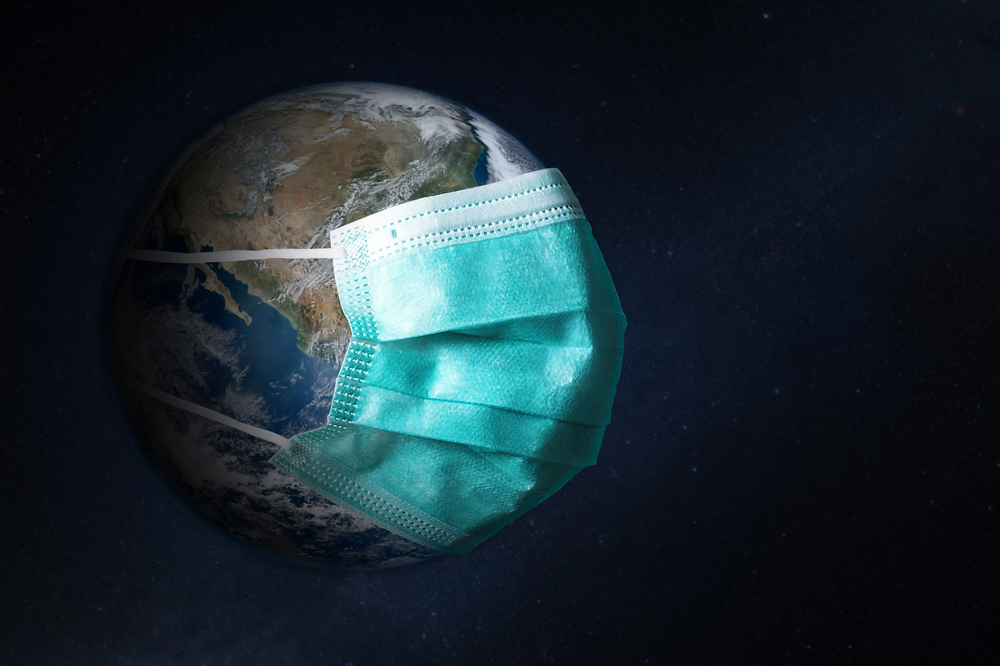Updated Perspectives of COVID-19: October 2020
From an orthopaedist’s point of view, the COVID-19 story is far from over and still poorly understood. Here are a few points—some controversial—that may wake you up.

The virus SARS-CoV-2 behaves far differently from any other that has infected humans. In some people, it lives, seemly harmlessly, on receptors often found in nasopharynx (nasal passage) and on the tongue, while in others it invades first through the lungs, then into most vascular tissues—including the brain. The long-term effects on people who survive the infection are unknown and likely to be problematic.
For example, the herpes virus is often spread through the mucous membranes, and many a teenager has dreaded the lesions that, seemingly randomly, appear on their lips. That virus hides in the neuronal tissues, pops out intermittently in life, and may even be associated with Alzheimer’s. No herpes vaccine has ever been successfully developed.
The cervical cancer-causing virus, HPV, afflicts millions of sexually active teenage women, then appears to resolve—yet years later, cervical cancer results. Hepatitis C infects millions of people, and only decades afterwards do chronic liver failure or tumors of the liver develop. It took many years to develop vaccines for these two viruses. HIV, which is responsible for AIDS, still does not have a vaccine, forty years later.
While all viruses are bad actors, you especially don’t want SARS-CoV-2. Short- term, athletes who get sick from this virus show varying amounts of lung damage. Severe inflammation in any tissue of the body results in scar tissue. The lungs of athletes exposed to this disease may likely suffer performance deficits, permanently. And while at least two forms of the mutated coronavirus are known so far (and at least one person has contracted both forms), the likelihood of more forms developing is high.
A cure is not around the corner. The DNA and RNA vaccines in development are risky propositions. They rely on a harmless virus, adenovirus, to deliver the genetic components of the spike protein of the virus to your muscle cells, causing your own cells to produce this spike protein. The hope is that your body’s immune system will see the protein as foreign and attack it. The memory of this attack is stored in your T-cells so that the next time the spike protein appears it will be vanquished.
This, however, is similar to the model for producing autoimmunity, where the body generates an abnormal immune response to your own cells (or the products from those cells). No one yet knows if this will occur from these vaccines; it takes a few years and thousands of people vaccinated to find out. Other vaccines being developed in a more traditional way use dead or attenuated viruses to introduce the immune system to foreign proteins and are more likely to be safe. Yet even these take years to develop and test properly. Even then, a small number of people will develop odd and/or sometimes fatal reactions.
There is also considerable confusion about treatment made worse by the sequence the U.S. President received. A virus or a bacteria stimulates the body’s immune system. Augmenting that stimulus by antivirals such as Remdesivir or monoclonal antibodies makes sense. Shutting down the immune response with steroids does not make sense and is only normally used when the response is out of control, called a cytokine storm.
Some misguided activities to combat SARS-CoV-2 are also tragic. The huge amount of money being wasted on deep-cleaning schools and other places should be spent on improved ventilation, masks, handwashing stations, and distanced desks. The virus is airborne through particles and aerosols. No case of surface-to-person infection has been documented. An overdue national program to manufacture massive numbers of PPE, testing materials, and ventilation for schools and businesses would mostly solve the problem until effective therapies and vaccines are ready.
Here are the steps I personally take: I wear a mask whenever I am near someone. I wash my hands constantly, all day, in our office and at the surgery center. I don’t visit indoor restaurants, bars, or airports (except travel for health care). I wash my inner nose each night with a saline solution, scrape my tongue with a scraper, and use mouthwash at every opportunity. Cleaning the nasopharynx, where the virus lives on the ACE-2 receptors, is an effective way to reduce one’s viral load and decrease the risks of getting the disease or transmitting it to others.
And equally important: testing. It works pretty well though misses the most recent infections where the virus has not yet had time to multiply. However, as soon as we have on-the-spot testing, with immediate results, most of us will be able to resume our normal lives. The pandemic is not that hard to deal with if logic would simply prevail.
